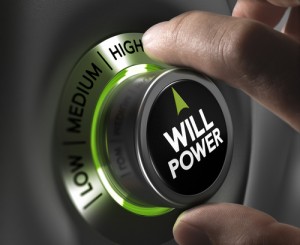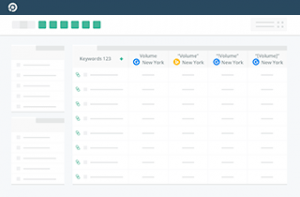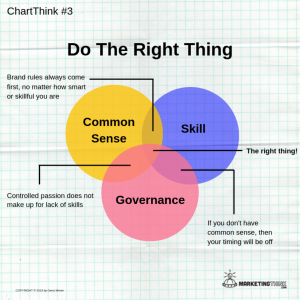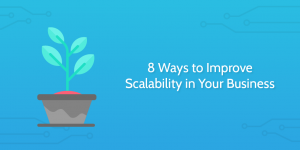Everybody likes to be rewarded. Parents treat cleanup time as a game of scavenger hunt for their kids. Teachers often give gold stars or classroom currency to students for good behavior. Mary Poppins famously sang, “just a spoonful of sugar helps the medicine go down.”
This is gamification–making the ordinary or unpleasant tasks both enjoyable and rewarding.
What does gamification do?
Gamification is everywhere in the business world. Marketing and sales divisions incentivize positive consumer activity by using game-like challenges with milestones and rewards. Starbucks customers can earn Gold Card stars for purchases. Even grocery and drugstore chains incentivize customer loyalty with points and membership perks.
Just as gamification is popular with consumers, it has exceptional utility as a method to direct and incentivize positive employee activity and productivity.
According to a Badgeville report, gamification increases productivity levels for 90% of workers and increases awareness of co-workers’ goals and tasks by 86%. Yet a 2015 Gallup poll showed that only 31.5% of U.S. workers were engaged in their jobs in 2014.
So why aren’t you using gamification to motivate your employees?
How does gamification work?
An ideal gamification system re-frames typical work activities as engaging, tangible benchmarks to pursue and surpass. Companies like Bunchball and Badgeville create game systems for companies that feature achievements to unlock, badges and rewards, and leaderboards. With a gamification system, a sales employee might get individual rewards or badges for reaching benchmarks for routine cold-calls, successful sales, or resolved questions.
Gamification requires four key components:
- Easily recognizable cues for next actions
- Instant feedback for desired actions
- Markers for performance and ranking
- Scalable, accessible paths to further achievement
When these four components are implemented (and adopted by employees), engagement soars! According to Erika Blaney, VP of marketing at Bunchball, “when workers are engaged, business performance is better, customer satisfaction scores rise and ultimately, revenues increase.”
Unsurprisingly, a well-structured feedback system can create a Las Vegas-style atmosphere in a worker’s limbic system, which conditions the brain to pursue even greater accomplishments according to PCWorld. When outstanding employee engagement and tireless customer support efforts are incentivized through a continuous positive feedback loop, productivity, and ROI skyrocket.
Business & Finance Articles on Business 2 Community
(67)







